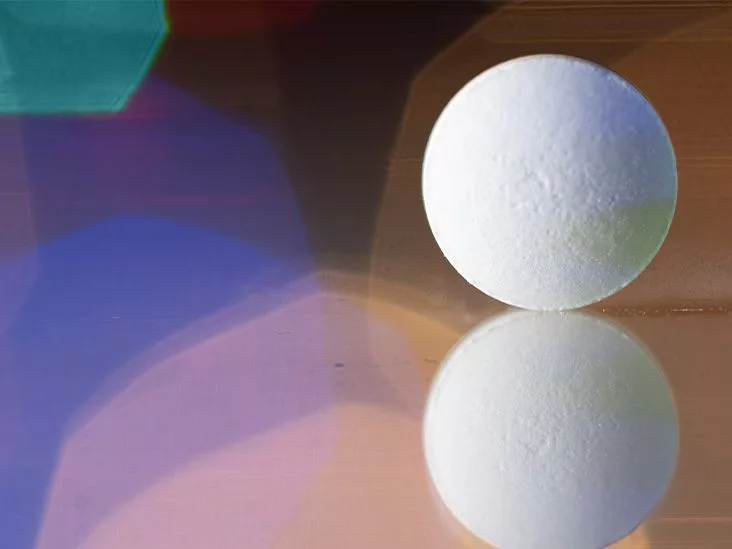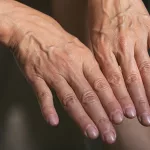Short answer: No, taking MDMA by yourself at home isn’t considered MDMA‑assisted therapy for PTSD, and it can be dangerous without professional supervision.
Why it matters: The therapeutic effect of MDMA comes from a carefully managed protocol that pairs a measured dose with a trained therapist’s guidance before, during, and after the session. Skipping those safeguards removes the very things that make the treatment safe and effective.
What Is MDMA‑Assisted Therapy?
When researchers talk about “MDMA‑assisted therapy,” they’re describing a very specific medical protocol, not a casual “take a pill and feel good” vibe. In a clinical trial, the process looks something like this:
- Multiple preparatory meetings with a licensed therapist.
- One to three supervised dosing sessions (usually 75–125 mg of MDMA) in a comfortable, controlled environment.
- Integration sessions after each dose where you talk through what emerged, write notes, and practice new coping skills.
All of that is designed to keep you safe, help you process traumatic memories, and turn the neurochemical surge into lasting change. According to MAPS, the therapy is still experimental, but the structured setting is what separates it from “MDMA at home.”
How Does It Work?
MDMA releases a cocktail of neurotransmitters—serotonin, dopamine, norepinephrine, and oxytocin—that temporarily quiet the brain’s fear center while boosting feelings of trust and empathy. Think of it as turning down the volume on the alarm system that keeps replaying the traumatic event, while turning up the speaker that lets you talk about it calmly with a therapist.
Several peer‑reviewed studies have documented this effect. A 2020 review in Neuropsychopharmacology highlighted how MDMA reduces activity in the amygdala (the brain’s fear hub) while increasing connectivity in the prefrontal cortex, which is responsible for rational thinking and emotional regulation (see the study).
Evidence From Clinical Trials
| Study | Participants | MDMA Sessions | Response Rate | Key Finding |
|---|---|---|---|---|
| Phase 2 (2011) | 20 chronic PTSD | 2 (8‑hour) | 83 % | Significant score reduction on CAPS‑5, no serious adverse events. |
| Phase 3 (MAPP1, 2022) | 90 severe PTSD | 3 (90 min each) | 67 % no longer met PTSD criteria | Clinically significant improvement vs. 32 % placebo. |
| Open‑Label Extension (2023) | 120+ long‑term | 3 + integration | 71 % maintained gains at 12 months | Durable benefit with low dropout. |
The numbers are encouraging, especially when you compare them to conventional PTSD treatment. Traditional trauma‑focused psychotherapy (like EMDR or CBT) sees completion rates around 50 % and symptom remission in roughly half of those who finish (a recent review).
Why Doing It at Home Is Risky
Let’s get real—taking MDMA on your own can feel like a shortcut, but it throws away the safety net that makes the therapy work.
Lack of Medical Supervision
MDMA can raise heart rate and body temperature. In a clinic, vital signs are monitored continuously, and staff can intervene if blood pressure spikes. At home, you’re alone with a substance that can cause hyperthermia, dehydration, or cardiac stress—especially if you’re already anxious about your trauma.
Psychological Safety Gaps
The “bad trip” scenario isn’t just a myth. Without a therapist present, intense memories can surface unchecked, leading to panic, dissociation, or retraumatization. In a study of self‑administered MDMA, participants reported increased anxiety and prolonged distress after the experience, underscoring how essential guided processing is (WebMD notes).
Legal Consequences
MDMA is a Schedule I substance in the United States. While the FDA has granted “breakthrough therapy” status for clinical use, it remains illegal to possess or distribute it outside an approved study. Getting caught with MDMA could lead to criminal charges, not to mention the loss of eligibility for future clinical trials.
Missing Integration
Integration isn’t a nice‑to‑have extra; it’s where the lasting change happens. Therapists help you translate the insights from a session into daily habits, coping strategies, and new narratives about your trauma. No therapist means no integration, and the benefits quickly fade.
Who Really Benefits?
MDMA‑assisted therapy shines for people who haven’t found relief with standard options. Roughly 40‑60 % of PTSD patients are considered “treatment‑resistant” after trying medications, trauma‑focused CBT, or EMDR. Veterans, first responders, and survivors of prolonged abuse are over‑represented in this group.
Data from the U.S. Department of Veterans Affairs show that 13 million adults experience PTSD each year, with women and minority groups facing higher rates (VA statistics). For many of these individuals, MDMA‑assisted therapy offers a hopeful, science‑backed alternative.
The Full Clinical Pathway
Screening & Eligibility
Before a single dose, you’ll undergo a thorough medical and psychological evaluation. Contraindications include uncontrolled hypertension, heart disease, a personal or family history of psychosis, and certain medications (especially MAO inhibitors). The goal is to ensure you’re physically and mentally ready for the experience.
The Dosing Sessions
Typical protocols involve three supervised sessions spaced about a month apart. Each session lasts 6‑8 hours, during which you receive a single dose of MDMA (usually 75‑125 mg) and a “booster” dose after 1.5‑2 hours if needed. You’ll lie on a comfortable couch, wear headphones with soothing music, and have a therapist (or two) in the room to check in and guide the conversation.
Integration Phase
After each dose, you’ll attend at least two integration meetings. Here you’ll discuss the emotions, memories, and insights that surfaced, practice grounding techniques, and set concrete goals for the weeks ahead. Some programs also provide journaling templates, art therapy options, or peer‑support groups.
Frequently Asked Questions (Quick Reference)
Can I buy “MDMA at home” for PTSD? No. Purchasing MDMA outside a clinical trial is illegal, and the unregulated product carries unknown purity risks.
How many sessions are needed? Most research uses 2‑3 dosing sessions plus several integration visits. The exact number varies by individual response.
What are the biggest risks? Cardiovascular strain, overheating, uncontrolled traumatic recall, and legal repercussions.
Is MDMA therapy covered by insurance? Currently it’s considered experimental, so most insurance plans do not reimburse it.
What alternatives exist? Trauma‑focused CBT, EMDR, SSRIs, and emerging ketamine‑assisted therapy are all FDA‑approved options.
Finding a Qualified Provider
When you’re ready to explore MDMA‑assisted therapy, look for programs that are either:
- Approved by MAPS or listed on their clinical trial registry.
- Conducted at a university medical center with an Institutional Review Board (IRB) oversight.
- Run by licensed mental‑health professionals who have completed MAPS’s specific training in MDMA‑assisted psychotherapy.
Before you sign up, ask these key questions:
- What medical monitoring will be in place?
- How many therapists will be present during the session?
- What does the integration plan look like?
- Can I speak with a past participant about their experience?
Bottom‑Line Takeaways
MDMA‑assisted therapy is a breakthrough, FDA‑designated “breakthrough therapy” that shows real promise for people whose PTSD has resisted conventional treatment. However, the magic happens only when you combine the drug with a structured, therapist‑led protocol. Taking MDMA at home strips away the safety checks, the emotional processing, and the legal protection that turn a risky substance into a potent tool for healing.
If you think you might benefit, the safest route is to seek out a MAPS‑certified study or a reputable clinic and talk openly with a licensed therapist about your options. Remember, healing is a journey, and you don’t have to travel it alone.
What’s your experience with PTSD treatments? Have you heard about MDMA‑assisted therapy before? Drop a comment below or reach out—let’s keep the conversation going.


















Leave a Reply
You must be logged in to post a comment.